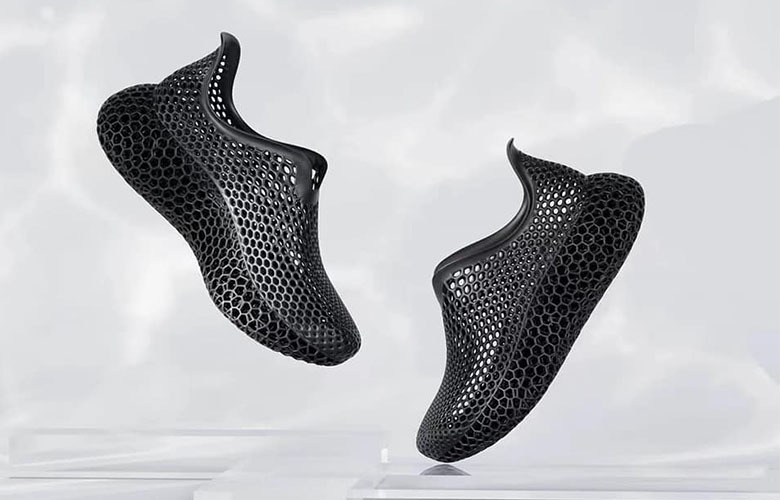Stereolithography 3D Printers: Reinventing the Art and Craft of Jewelry and Accessories Design
Stereolithography 3D Printers: Reinventing the Art and Craft of Jewelry and Accessories Design
In recent years, the world of jewelry and accessories design has witnessed a remarkable transformation, thanks in large part to advancements in 3D printing technology. Among the various 3D printing methods, stereolithography (SLA) has emerged as a game-changer, allowing designers to explore new creative avenues while enhancing the efficiency and precision of their work. This article delves into the impact of stereolithography 3D printers on the art and craft of jewelry design, highlighting the benefits, challenges, and future prospects of this innovative technology.
The Evolution of Jewelry Design
Jewelry design has always been a blend of art and craftsmanship, where creativity meets technical skill. Traditionally, jewelers relied on manual techniques, which often limited the complexity of designs. However, with the advent of digital tools and 3D printing, the landscape of jewelry design has evolved dramatically. Designers can now create intricate pieces that were once deemed impossible, pushing the boundaries of creativity.
Stereolithography, a 3D printing technique that utilizes a UV laser to cure liquid resin layer by layer, has become particularly popular in the jewelry industry. This method allows for high precision and detail, enabling designers to produce complex geometries and fine features that are essential for creating unique jewelry pieces. As a result, the use of SLA printers has significantly expanded the possibilities for jewelry designers, providing them with new tools to express their artistic vision.
Benefits of Stereolithography in Jewelry Design
One of the most significant advantages of stereolithography is its ability to produce highly detailed and intricate designs. Unlike traditional methods, which may require extensive handwork and sculpting, SLA printing allows designers to create complex shapes and patterns with ease. This capability not only enhances the aesthetic appeal of jewelry but also opens the door to innovative designs that challenge conventional norms.
Moreover, SLA printers offer rapid prototyping capabilities. Designers can quickly create and test multiple iterations of their designs, allowing for a more efficient design process. This speed is particularly beneficial in a fast-paced industry where trends change rapidly. By reducing the time it takes to bring a design from concept to production, stereolithography enables designers to stay ahead of the competition and respond swiftly to market demands.
Another key benefit of stereolithography is its cost-effectiveness. While the initial investment in SLA printers may be substantial, the long-term savings are considerable. The ability to produce intricate designs without the need for extensive manual labor reduces production costs. Additionally, the precision of SLA printing minimizes material waste, further enhancing the economic viability of this technology for jewelry designers.
Challenges and Considerations
Despite the numerous advantages, the integration of stereolithography into jewelry design is not without challenges. One of the primary concerns is the material limitations associated with SLA printing. While advancements in resin formulations have expanded the range of materials available, some designers may find that the properties of SLA-printed pieces do not always meet their expectations. For instance, achieving the desired strength, flexibility, or finish can be a challenge, particularly for pieces intended for everyday wear.
Furthermore, the post-processing required for SLA prints can be labor-intensive. After printing, pieces often need to be cleaned, cured, and finished to achieve the desired quality. This additional step can be time-consuming and may require specialized equipment, which can be a barrier for smaller designers or those just starting in the industry.
Another consideration is the learning curve associated with adopting new technology. While many designers are tech-savvy, the transition to 3D printing requires an understanding of digital design software and the intricacies of operating SLA printers. For some, this may necessitate additional training or collaboration with skilled technicians, which can complicate the design process.
The Future of Jewelry Design with Stereolithography
Looking ahead, the future of jewelry design with stereolithography appears promising. As technology continues to advance, we can expect further improvements in materials, printing speed, and overall print quality. These developments will likely enhance the capabilities of SLA printers, making them even more appealing to jewelry designers.
Additionally, the rise of customization in consumer preferences is likely to drive the demand for personalized jewelry. Stereolithography allows for the easy adaptation of designs to meet individual customer needs, whether through bespoke pieces or limited-edition collections. This trend towards customization aligns well with the strengths of SLA printing, positioning it as a key player in the future of jewelry design.
Moreover, the growing awareness of sustainable practices within the industry may lead to increased interest in 3D printing technologies. With the ability to reduce waste and optimize material usage, stereolithography can contribute to more sustainable production methods, appealing to environmentally conscious consumers and designers alike.
Conclusion
Stereolithography 3D printers are undeniably reinventing the art and craft of jewelry and accessories design. By offering unparalleled precision, rapid prototyping, and cost-effectiveness, this technology empowers designers to explore new creative horizons and redefine the possibilities of jewelry making. While challenges remain, the ongoing advancements in SLA printing and materials, combined with the industry's shift towards customization and sustainability, suggest a bright future for jewelry design in the digital age. As designers embrace these innovations, we can expect to see a new wave of creativity and craftsmanship that will shape the future of jewelry and accessories.
About Us
Emake3D specializes in the R&D and production of medical high-precision 3D printing equipment and new materials, serving the fields of oral medical care, jewelry, industrial prototypes, etc., and provides professional and mature overall application solutions for the above industries.
Contact Us
Add: 3rd Floor, Building 3, No. 20-2, Longling South Road, Pingdi Sub-district, Longgang District, Shenzhen
HotLine: +86 135 5495 1300
E-mail: official@emake3d.com
Related News
















